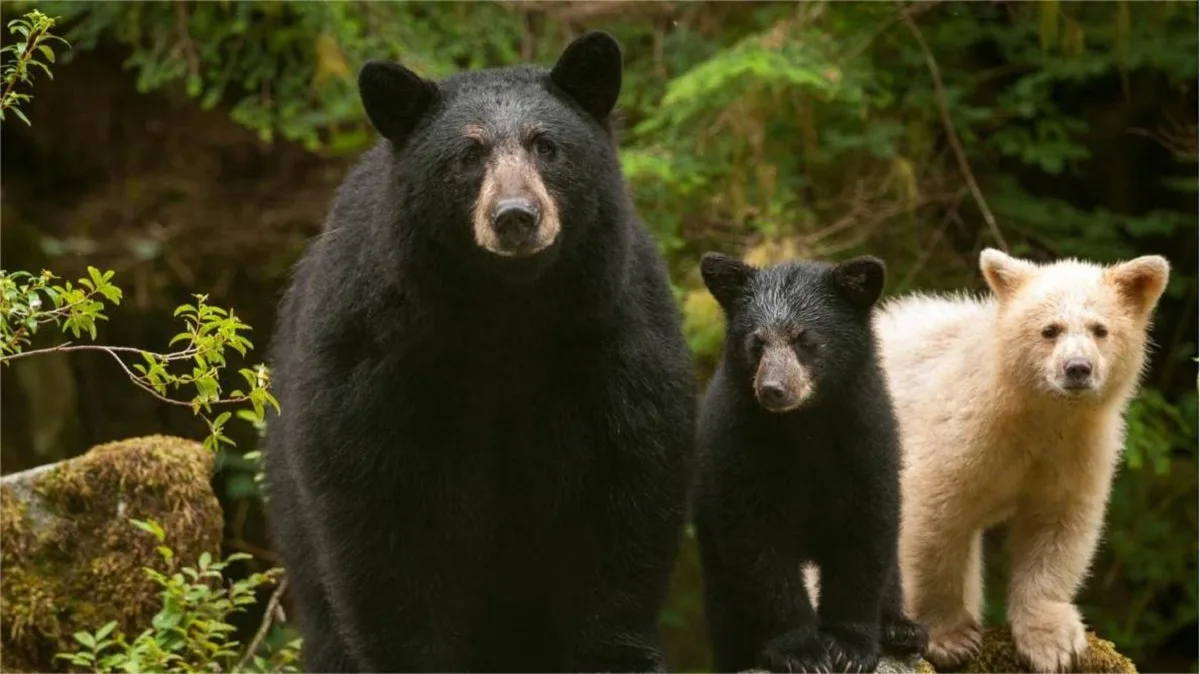Giant pandas, often seen as symbols of peace and conservation, belong to the bear family (Ursidae) and exhibit a range of behaviors that may seem contradictory to their gentle image. While these remarkable creatures are widely regarded as docile and friendly, they possess inherent traits that can make them potentially dangerous, especially when they feel threatened. Understanding the complexities of panda behavior is essential for anyone interested in these captivating animals.
Physical Attributes and Abilities
Pandas have strong physical attributes that contribute to their potential aggressiveness. Their powerful jaws possess an impressive bite force, with canine teeth measuring approximately 1,298.9 pounds and molars reaching up to 1,851.9 pounds. This level of biting strength is comparable to that of polar bears and on par with brown bears, indicating that giant pandas are equipped to defend themselves effectively.
In addition to their bite strength, pandas can run surprisingly fast—exceeding the speed of professional sprinters in hilly terrains. They are agile climbers, capable of scaling trees up to 20 meters high. This combination of speed and agility enables them to evade predators and respond to threats swiftly.
While they primarily feed on bamboo in the wild, pandas have been known to exhibit predatory behaviors when necessary. They can catch bamboo rats and may even prey on goats if they invade their territory. Historical accounts depict a giant panda outsmarting three jackals in a battle of wits, showcasing their ability to strategize and defend themselves against multiple attackers. Such examples illustrate that pandas are far from the weak, cuddly creatures they appear to be.
Historical Perspectives
Historically, pandas have held a unique place in Chinese culture. Sima Qian, the famous historian, documented in Records of the Grand Historian that over 4,000 years ago, the Yellow Emperor utilized trained ferocious beasts, including bears and pandas, in battles to conquer his foes. The Shan Hai Jing, an ancient text from the Spring and Autumn period, describes an animal resembling a bear with black and white fur, rumored to eat iron, further emphasizing its formidable nature. By the time of the Western Jin Dynasty, the panda had evolved into a symbol of peace and goodwill, known as “Zou Yu,” which was revered so highly that armies would cease fighting when its banner was raised.
Aggressive Incidents
Despite their gentle nature, there have been documented cases of pandas exhibiting aggression toward humans. In 2000, a student visiting a zoo fell into a panda enclosure and suffered serious injuries from a panda’s bites. Additionally, “Gu Gu,” a panda at the Beijing Zoo, has a history of attacking visitors due to inappropriate behavior on their part. These incidents underline that while giant pandas may seem friendly, they are still wild animals capable of inflicting harm if they feel threatened or provoked.
Wild pandas have few natural enemies, as adult pandas are apex predators in their environment. When threatened, they either flee up a tree or roll on the ground, showcasing their instinctual fight-or-flight responses. These defensive mechanisms are critical for their survival in the wild.




